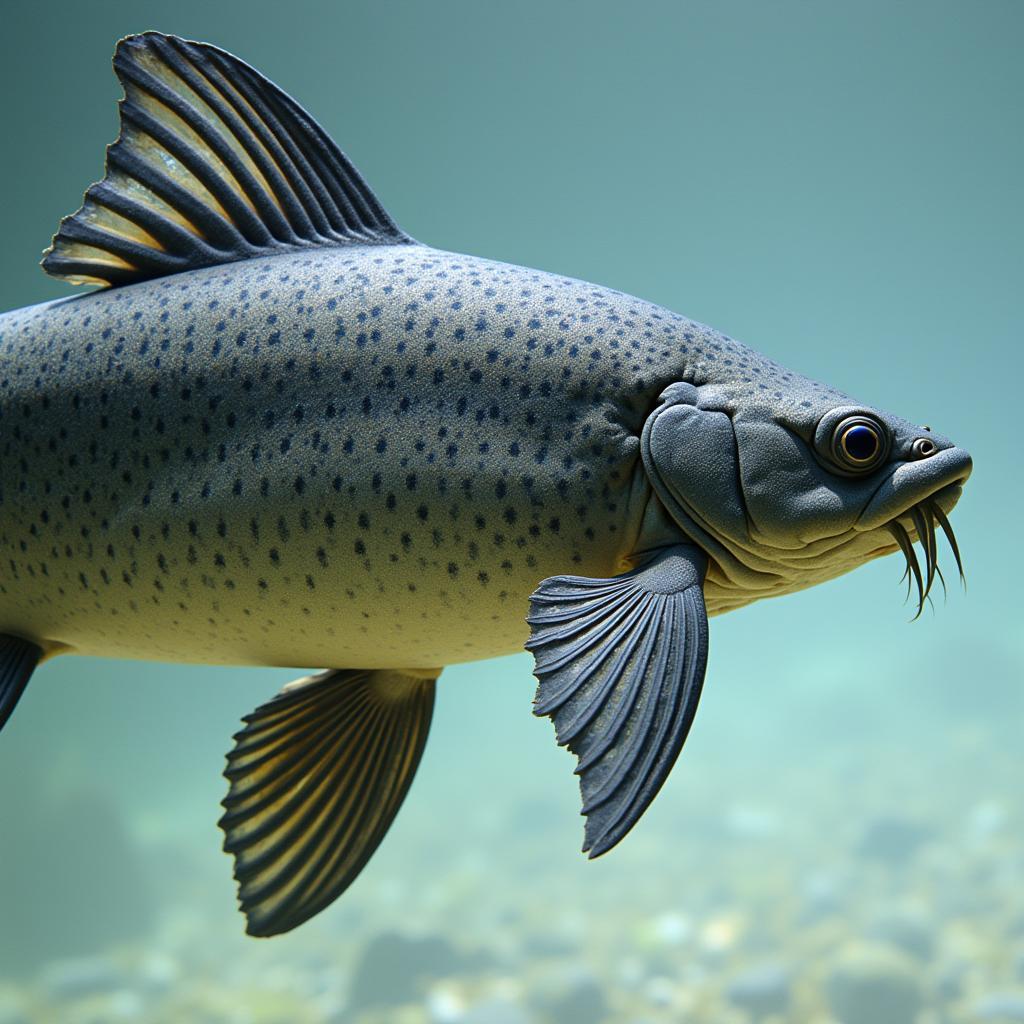Unveiling the African Death’s Head Hawkmoth
The African death’s head hawkmoth, a creature shrouded in mystery and often misunderstood, holds a unique place in the tapestry of African wildlife. These large moths, with their distinctive skull-like markings, have captivated and unnerved people for centuries, weaving their way into folklore and inspiring both fear and fascination. But beyond the myths and superstitions, what is the true story of the African death’s head hawkmoth?
Delving into the World of the African Death’s Head Hawkmoth
The African death’s head hawkmoth belongs to the Acherontia genus, a group known for the eerie skull-like pattern adorning their thorax. This striking feature has led to numerous myths and legends associating them with death and ill omens. However, these moths are simply fascinating insects with a complex life cycle and intriguing behaviors. They are primarily found in Africa, and their habitat includes diverse ecosystems. The most captivating species is Acherontia atropos, whose distinctive mark has made it an object of both awe and fear. This species is remarkably large, with a wingspan that can reach up to 5 inches, making them a significant presence in the nocturnal world. They are known for their unusual habit of raiding beehives for honey, a behavior made possible by their thick exoskeleton and the ability to produce a high-pitched squeak that may mimic the queen bee’s sound, confusing the colony.
You can learn more about other unique African flora in this article about the African desert rose.
The Life Cycle and Habits of the African Death’s Head Hawkmoth
From egg to adult, the African death’s head hawkmoth undergoes a remarkable transformation. The female moth lays her eggs on a variety of host plants, including members of the potato family. The larvae, or caterpillars, are large and brightly colored, often green or yellow with stripes. They feed voraciously on the leaves of their host plants, growing rapidly until they are ready to pupate. The pupation stage occurs underground, where the caterpillar transforms into the adult moth. Emerging from the ground, the adult moth begins its nocturnal life, navigating by the light of the moon and stars.
Myths, Legends, and Cultural Significance
The African death’s head hawkmoth has long held a prominent place in folklore and cultural beliefs across Africa. In some cultures, the moth is seen as a harbinger of death or misfortune, while in others, it is associated with witchcraft and the supernatural. Their unusual markings and nocturnal habits have contributed to these beliefs, fueling myths and legends that have been passed down through generations. These cultural narratives, while often rooted in superstition, reflect the deep connection between humans and the natural world, and the profound impact of the African death’s head hawkmoth on the human psyche. This particular species, with its striking markings, has been featured in literature and art, further solidifying its place in human culture.
Separating Fact from Fiction: The African Death’s Head Hawkmoth’s True Nature
Despite their fearsome reputation, African death’s head hawkmoths are harmless to humans. They do not sting or bite, and their primary focus is on feeding and reproduction. Their intriguing behaviors, such as raiding beehives and emitting squeaking sounds, are simply adaptations that allow them to survive and thrive in their environment. Understanding their biology and behavior allows us to appreciate these unique creatures for what they are: fascinating insects that play a vital role in the African ecosystem. They are important pollinators and contribute to the overall health and biodiversity of the region.
Here you can find a list of African desert animals that share the same habitat with the Death’s Head Hawkmoth.
Dr. Anika Mutiso, a prominent entomologist specializing in African moth species, explains, “The African death’s head hawkmoth is a testament to the incredible diversity of life on this continent. Its unique adaptations and behaviors are not only fascinating but also essential to the delicate balance of the ecosystem.”
 African Death's Head Hawkmoth Pollinating a Flower
African Death's Head Hawkmoth Pollinating a Flower
Conclusion: Appreciating the African Death’s Head Hawkmoth
The African death’s head hawkmoth, a creature often misunderstood, is a vital part of the African ecosystem. By understanding their biology, behavior, and cultural significance, we can appreciate these remarkable insects for their true nature and dispel the myths that surround them. The African death’s head hawkmoth reminds us of the beauty and wonder of the natural world, and the importance of preserving biodiversity for future generations. You can also explore more about other African delicacies, such as the African egg and potato dish.
FAQ
-
What does the African death’s head hawkmoth eat?
- Primarily nectar and honey. They are known for their unique ability to raid beehives.
-
Are they dangerous to humans?
- No, they are harmless and do not sting or bite.
-
Where are they found?
- Primarily in Africa, across various ecosystems.
-
What is their lifespan?
- A few weeks to a few months as adult moths.
-
Why are they called “death’s head” hawkmoths?
- Due to the skull-like marking on their thorax.
Need More Help?
For any assistance or inquiries, don’t hesitate to contact us:
Phone: +255768904061
Email: kaka.mag@gmail.com
Address: Mbarali DC Mawindi, Kangaga, Tanzania
Our customer care team is available 24/7.


